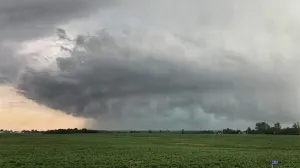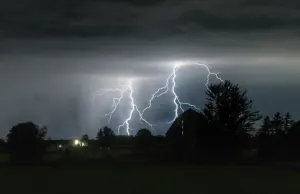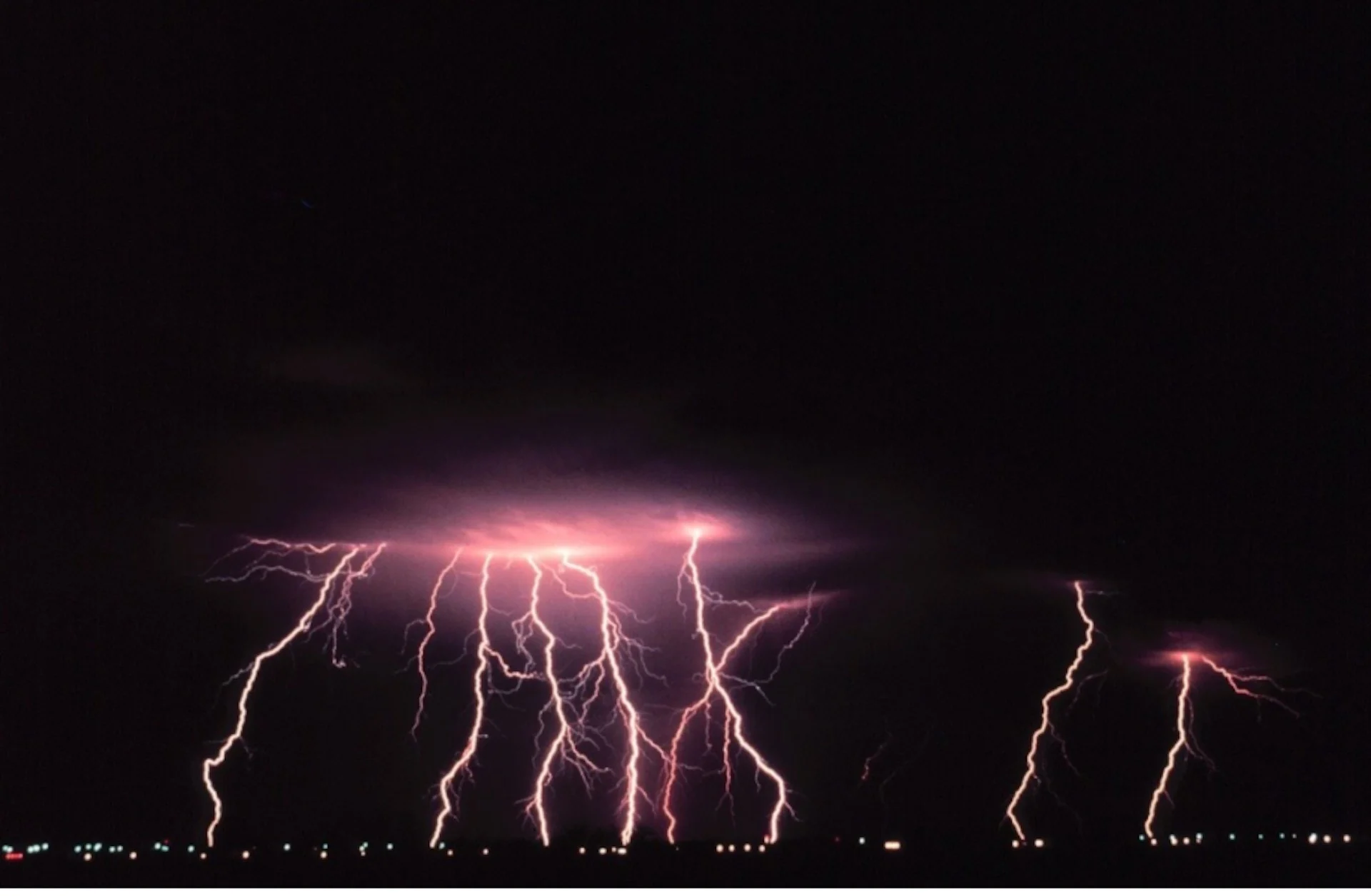
These vital ingredients make for an electrifying, dazzling thunderstorm
Not every thunderstorm puts on a spectacle, electrically speaking. But every so often, ingredients come together in the forecast to give you an amazing lightning show.
Canada is no stranger to thunderstorms, especially cells that can really light up the sky.
As an example, this intense storm in British Columbia powered its way through parts of the province with a magnificent display of lightning last summer. Now, such an exhibit doesn't occur in every storm. In fact, there are precise ingredients needed for a thunderstorm to put on quite the light show.
According to Tyler Hamilton, a meteorologist at The Weather Network, there are a few key factors you need for a storm to deliver.
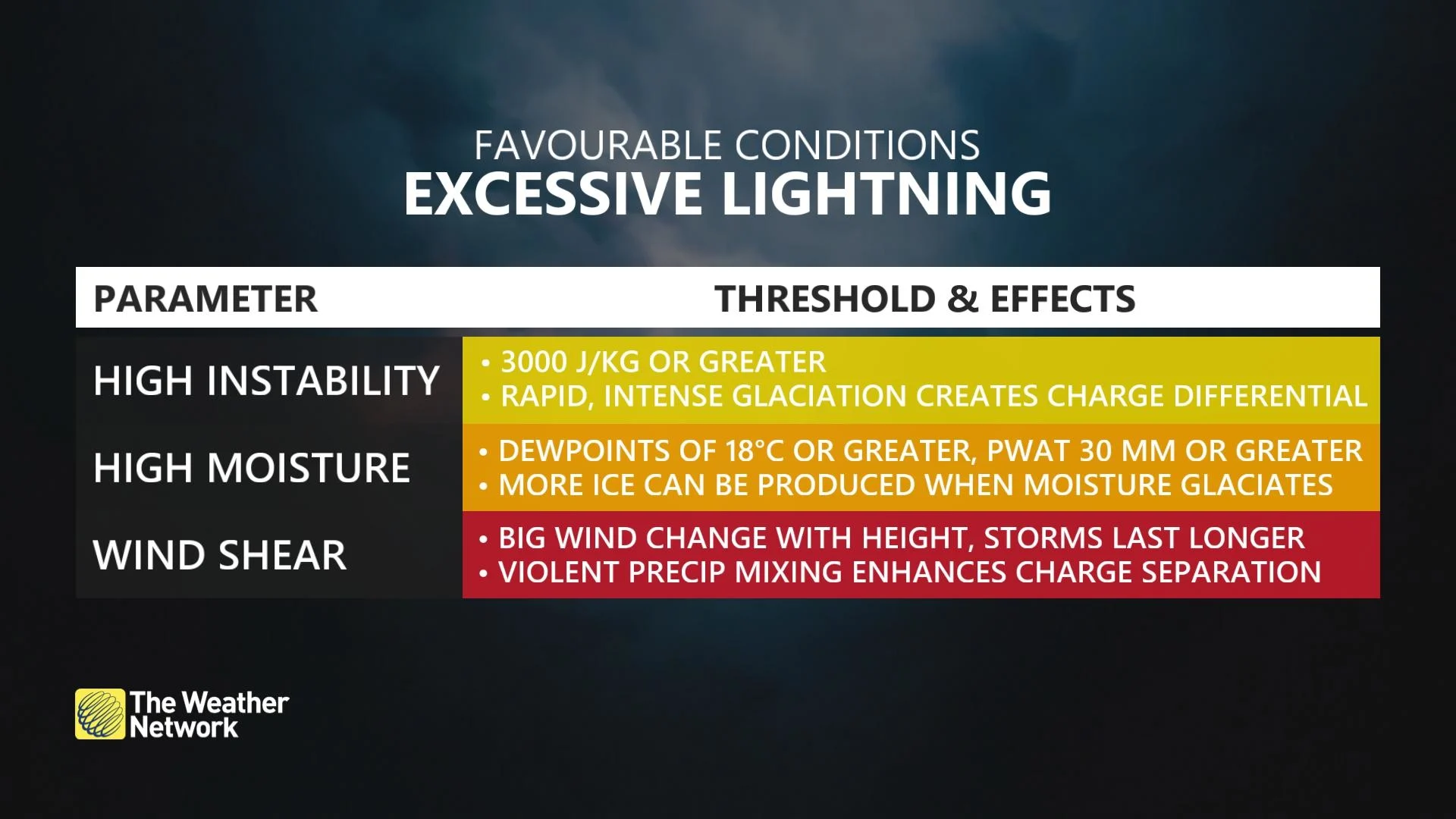
Instability and moisture: "They feed off each other and create the necessary lift, and charge separation aloft, to create ample amounts of lightning," said Hamilton.
Wind direction: "Keep an eye on the wind direction. A changing wind direction often means a frontal system is approaching or there is convergence in the area. That extra lift will provide those necessary ingredients," said Hamilton.
Time of day: "We need that heat of the sun to really make that unstable atmosphere pop. Watch out for the lightning activity through the afternoon and evening," said Hamilton.
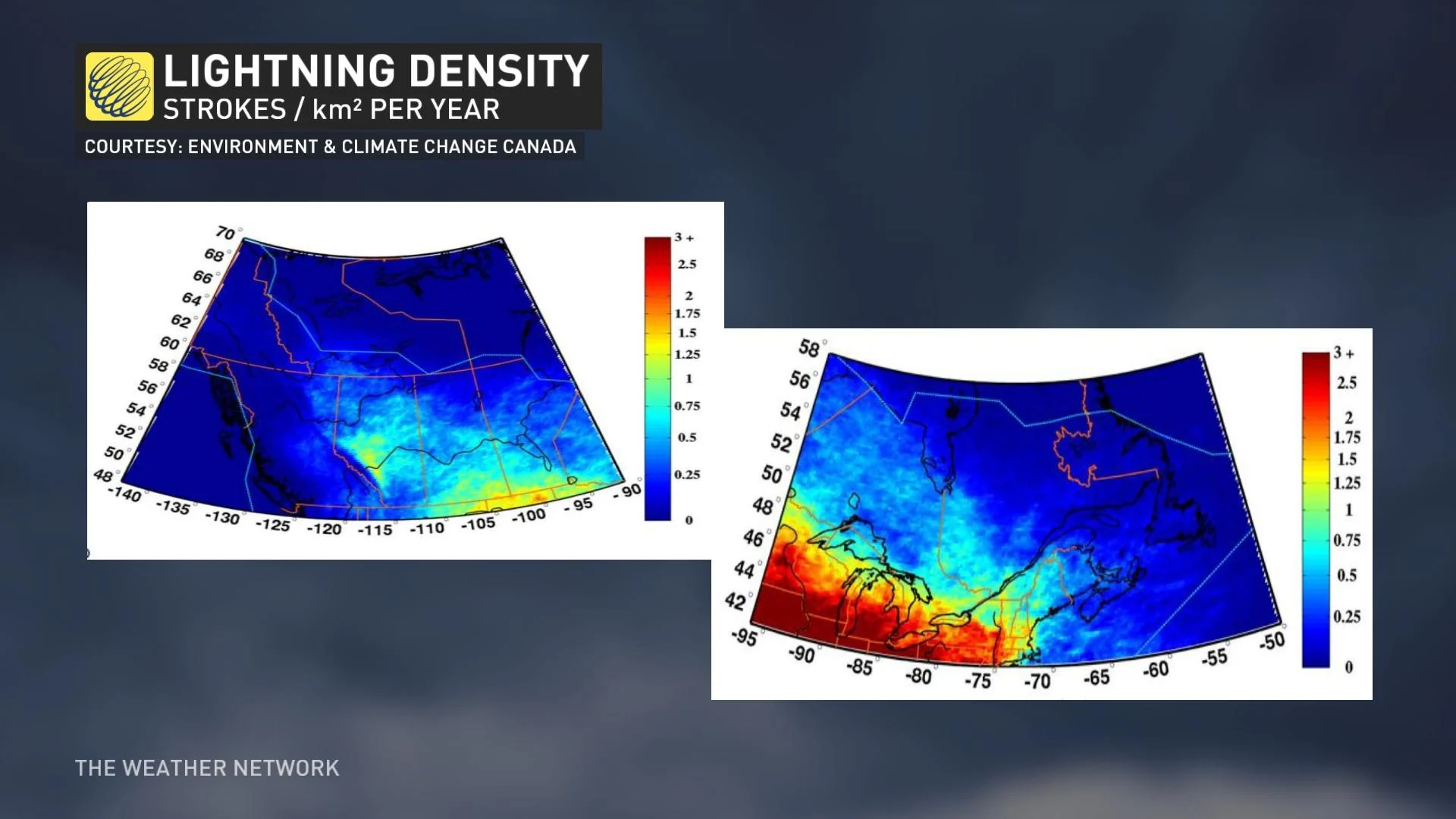
DON'T MISS: Why nocturnal thunderstorms can be particularly dangerous
Safety tips for lightning indoors and outdoors
To ensure that you stay safe in events where lightning is present, The Weather Network has compiled a list of lightning safety tips with the help of the Canadian Red Cross.
Outdoors
Try to reach a safe building or vehicle (picnic shelters, dugouts and sheds are not safe)
Avoid high ground, water, tall, isolated trees and metal objects such as fences or bleachers
If you are out on the water, get to land and find shelter immediately
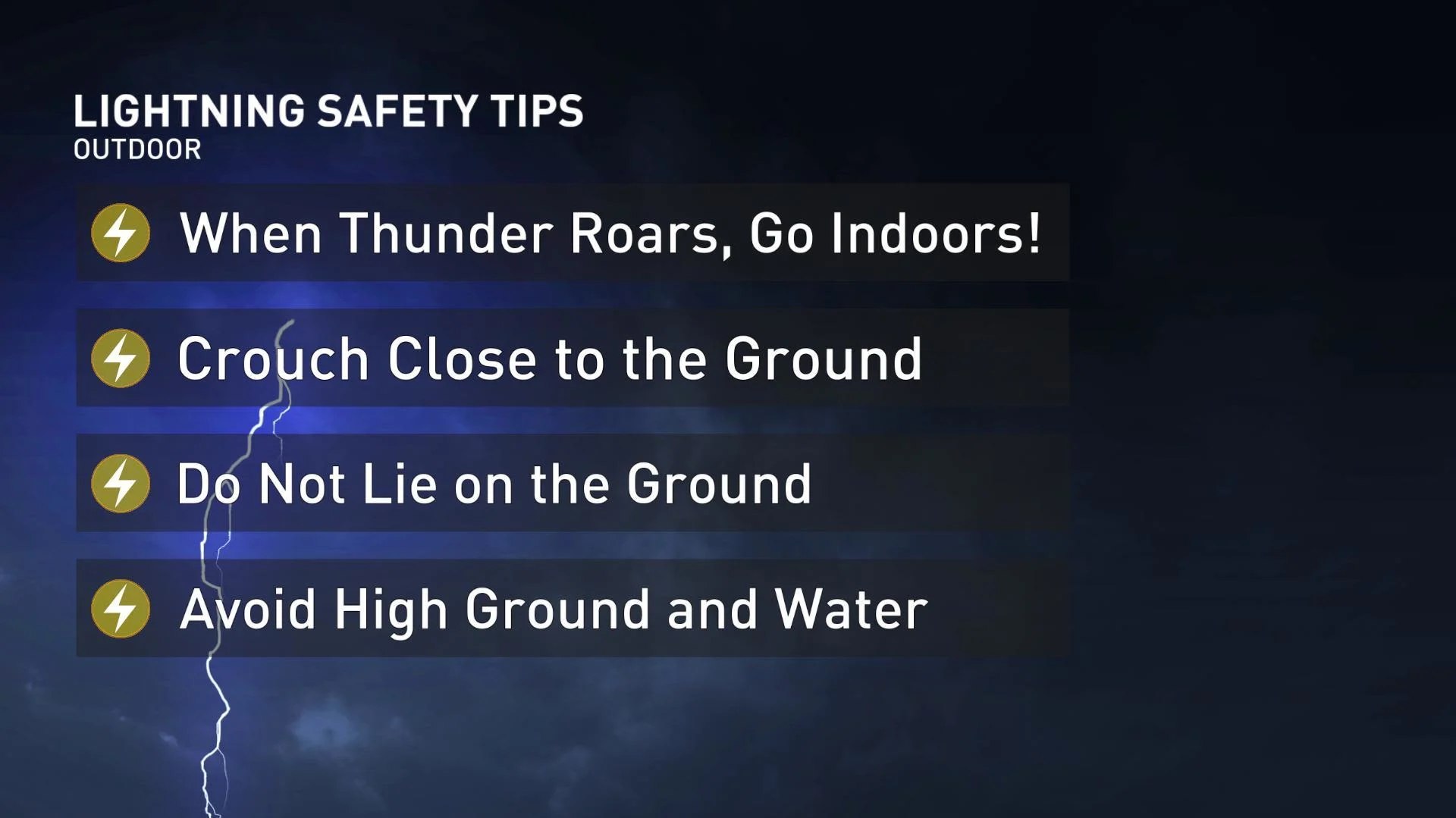
Indoors
Stay away from windows
Unplug appliances
Do not use the telephone
Avoid running tap water
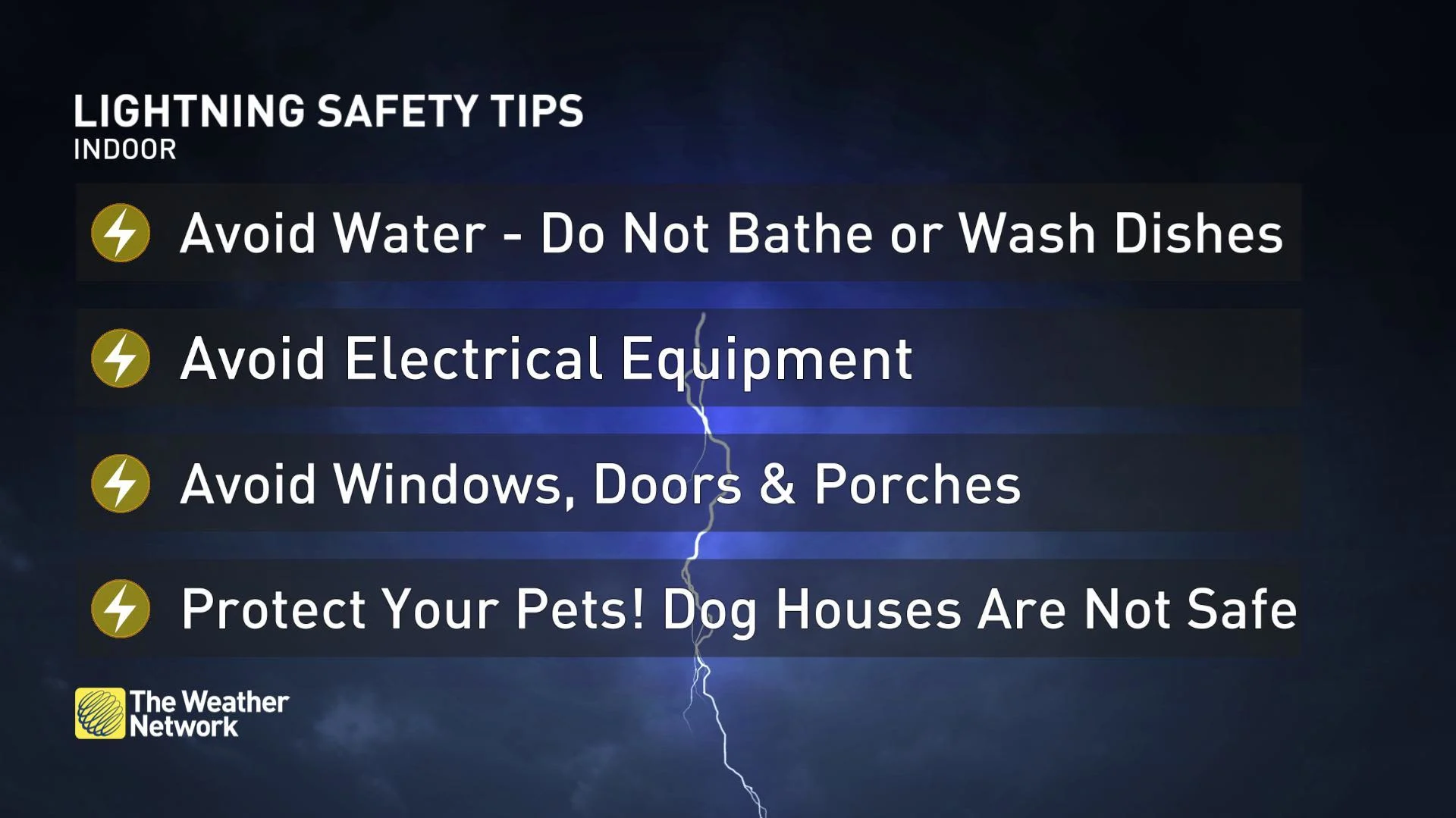
WATCH: Overnight storms have a different set of dangers
Thumbnail courtesy of Pixabay.
With files from Tyler Hamilton, a meteorologist at The Weather Network.
Follow Nathan Howes on Twitter.







